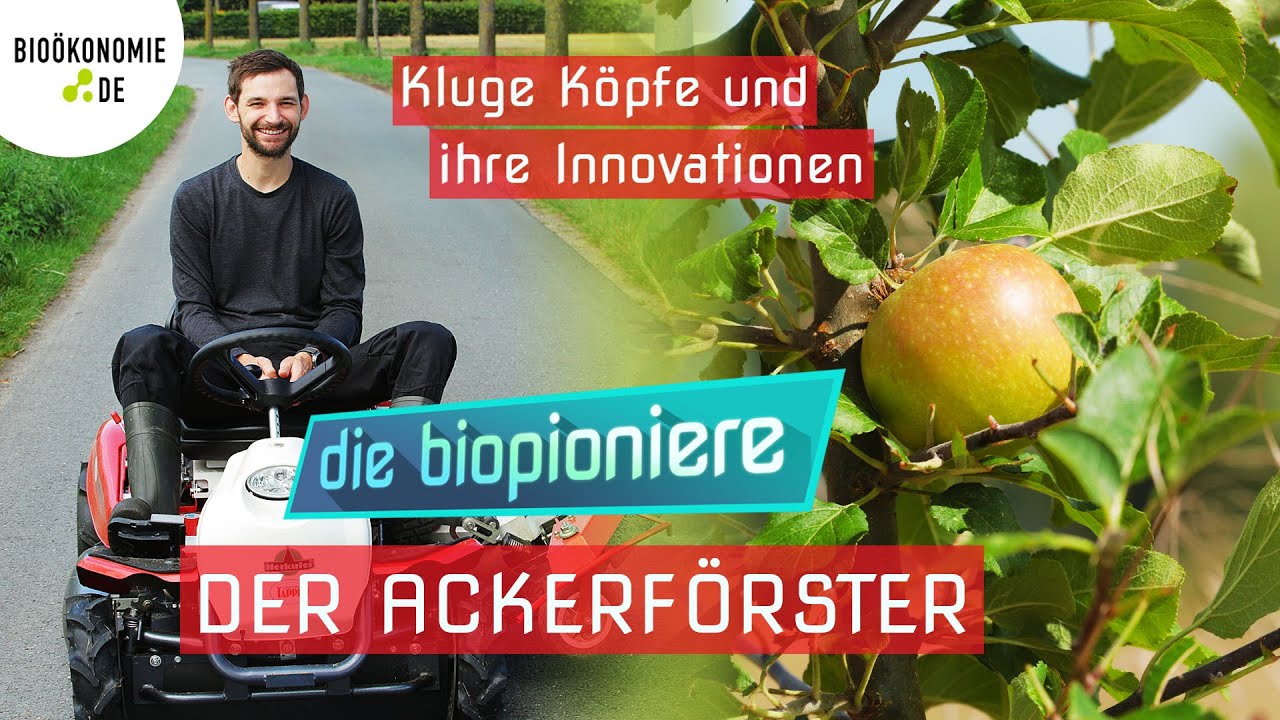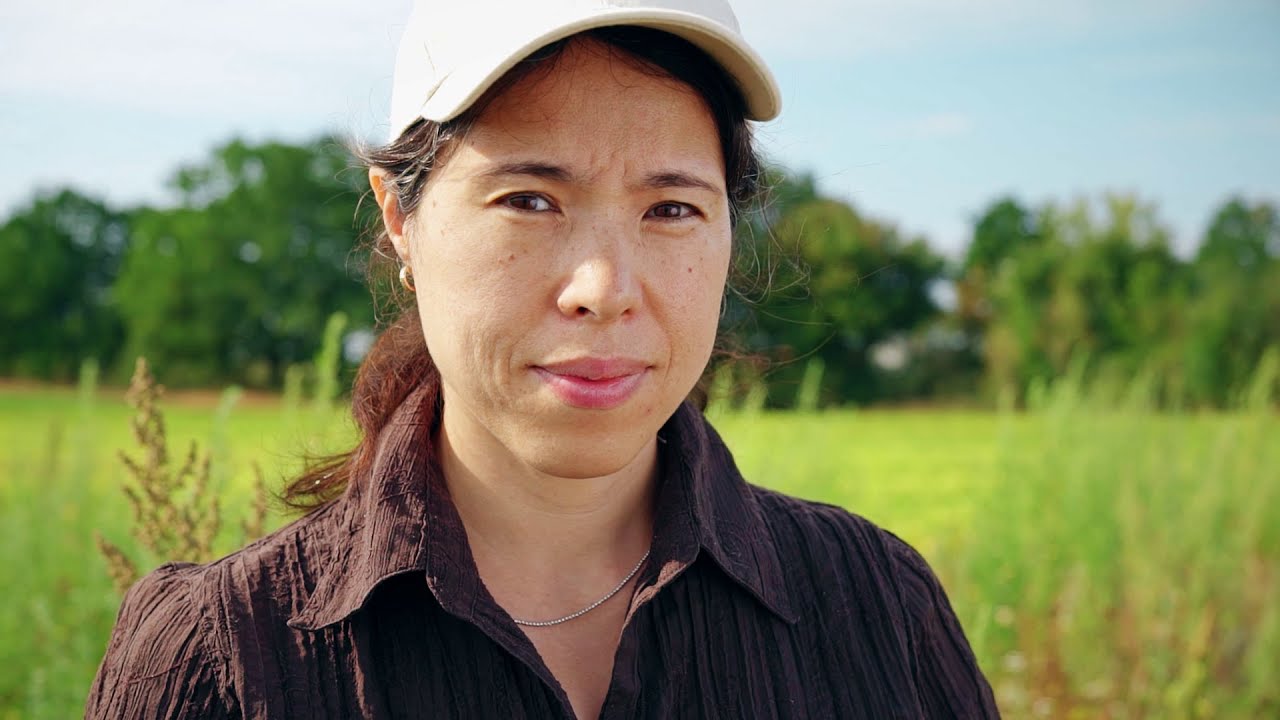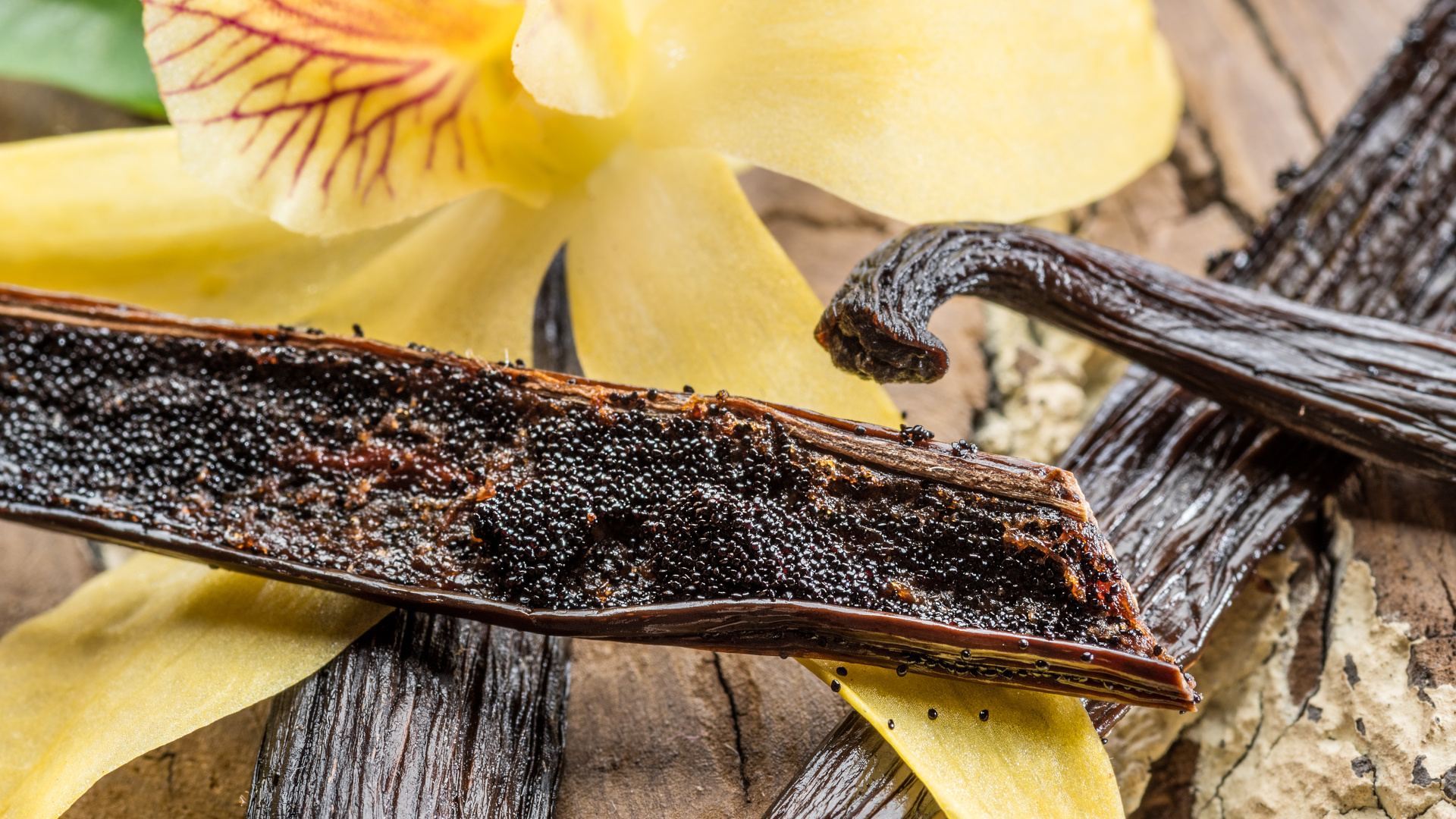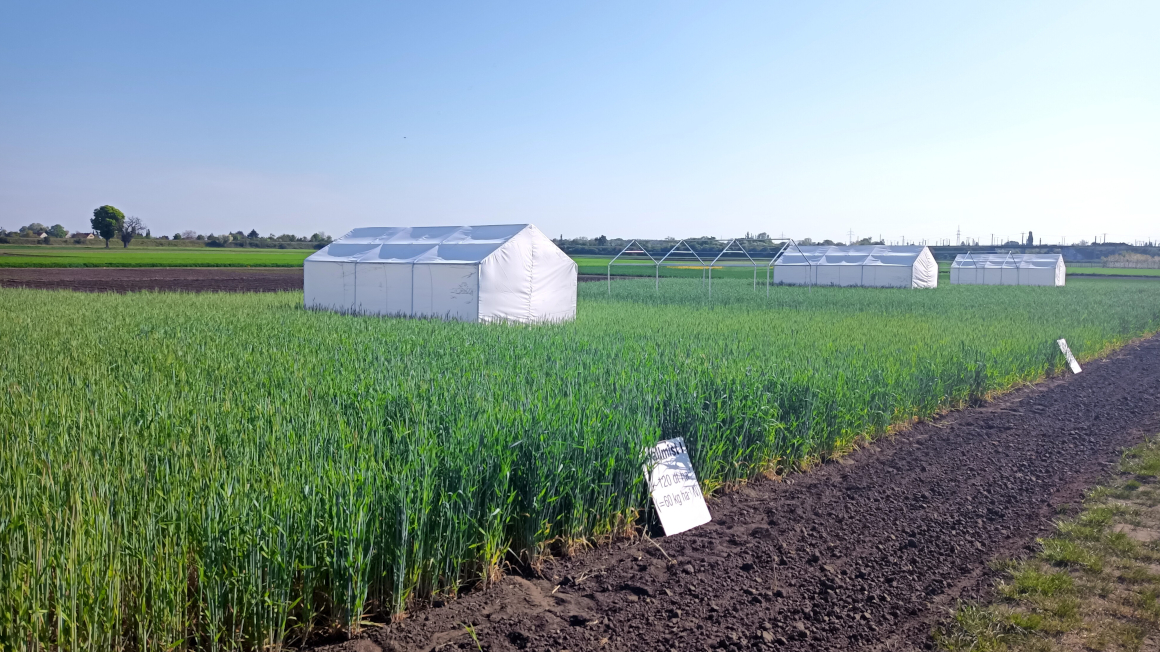What is agroforestry?
Agroforestry is a form of agriculture that combines arable crops with the cultivation and utilisation of shrubs and trees or animal husbandry in the same area. Typical are the interactions between woody and arable crops, which result in higher overall land productivity. Agroforestry concepts also make valuable contributions to climate adaptation, climate protection, soil conservation and nature conservation. Agroforestry is therefore an innovative cultivation system for a sustainable bioeconomy.
A distinction is made between agroforestry systems that combine either woody plant cultivation with crop production (silvoarable systems) or livestock farming (silvopastoral systems). A combination of both systems, i.e. trees with arable crops and livestock farming (agrosilvopastoral systems), is also possible.
Biopioneer Jan Große-Kleimann, The Agroforester
(only availabe in German)
Page 2 of 7
Potential for a sustainable bioeconomy
Agroforestry approaches offer many advantages not only for agriculture, but also for environmental protection and nature conservation as well as regional economic activity in communities.
Sustainable agriculture
Climate protection: Planting woody plants on agricultural land offers great potential for more sustainable agriculture and climate protection.
Agroforestry systems effectively sequester carbon from the atmosphere by building up plant biomass. The climate-damaging substance is bound particularly in the underground biomass, in roots and rhizomes. Agroforestry also helps to conserve resources. As a rule, neither fertilisation nor the use of pesticides is necessary in the tree rows of agroforestry systems, which also leads to lower fuel consumption compared to single-crop cereal cultivation. The reduced use of fertilisers, pesticides and fuels results in fewer climate-impacting emissions from agriculture. Agroforestry systems also increase the climate resilience of farms by providing shade during hot spells and protection from heavy rainfall.
Soil protection: Agroforestry systems can also have a positive effect on soil quality. Due to the infrequent tillage in the tree strips, organisms living there are less disturbed. This is an advantage because soil organisms play a key role in natural soil functions by influencing nutrient availability and plant health. The extent to which soil life is altered by agroforestry systems depends heavily on the site conditions, design and management of the agroforestry system. However, researchers have found that the proportion of living microorganisms in the soil is higher in agroforestry systems than in arable crop rows. In Germany, it was also found that the number of earthworms increases significantly in rows of woody plants compared to arable land. Earthworms are important for the production of humus. They can promote the water and air permeability of the soil.
In addition, agroforestry improves the water retention capacity of the soil. The tree strips reduce wind speed on the neighbouring arable land, which means less water evaporates and thus the availability of water for the plants is increased. The reduced evaporation rate also reduces water consumption on the farm. In addition, the trees protect the soil from heavy rainfall and the roots facilitate the infiltration of water. In this way, agroforestry systems protect against erosion and soil loss.
Increased yields: In addition to the savings from the reduced use of fertilisers and pesticides as well as fuel and water, an additional source of income is created for agricultural businesses as agroforestry trees can be marketed as bioenergy sources or valuable timber. Agroforestry can thus contribute to an increase in income, particularly in low-yielding locations.
Agroforestry also offers the advantage of a more balanced distribution of working periods, as the trees are mainly cultivated in winter.
Promoting environmental protection and nature conservation
Agroforestry concepts can lead to an extensification of agriculture and therefore offer many advantages from an environmental perspective. It has been proven that agroforestry has a positive effect on the biodiversity of animals in the tree strips, as there is less disturbance. The wooded strips serve as resting areas and retreats for animals in agricultural areas and can also connect their habitats. Woody areas increase structural and habitat diversity, which has been proven to increase insect biodiversity. This in turn means that more beneficial insects can appear in close proximity to the field and keep pests at bay. The reduced use of fertilisers and pesticides also reduces the release of substances from agricultural land into the groundwater. In addition, future irrigation systems are relieved, as the groundwater level can be raised in the long term due to the increased water absorption capacity of the soil.
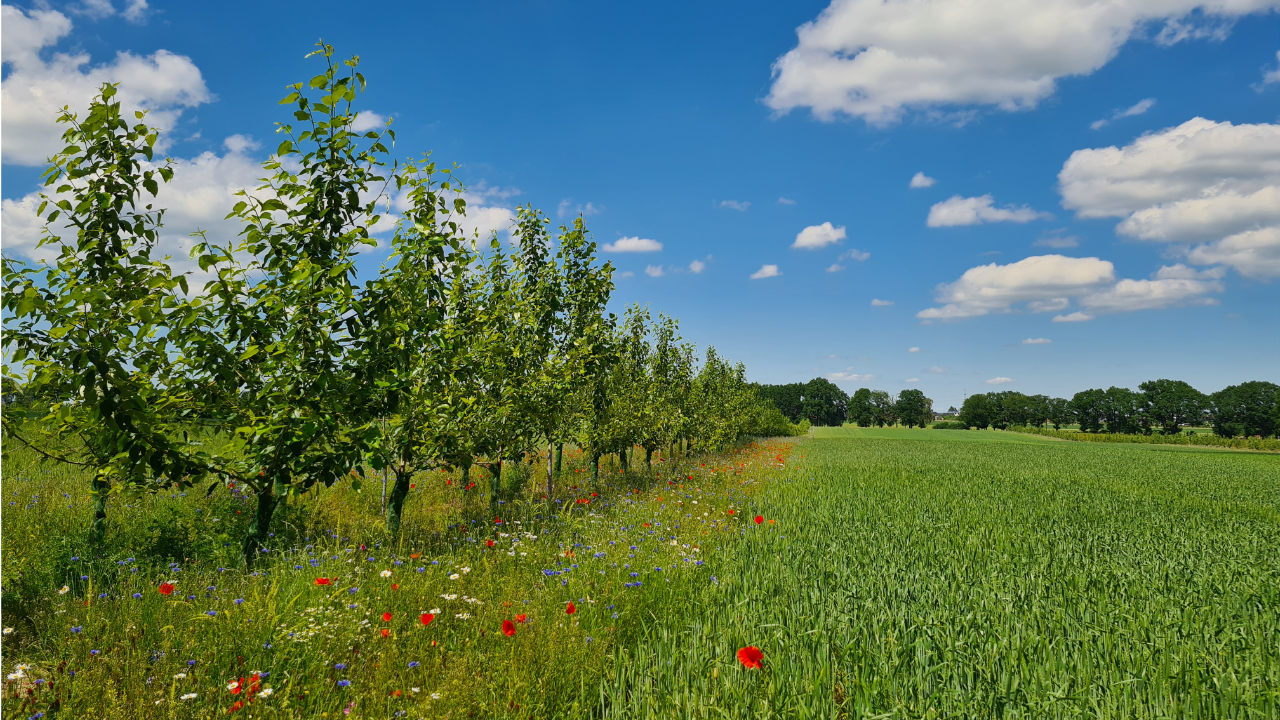
Potential for the regional economy
Agroforestry can be well integrated into a circular bioeconomy and promote local economies. The creation of regional markets for agroforestry products and their processing strengthens rural regions in particular. Agroforestry can also promote a sustainable energy supply from renewable raw materials.
One example is the municipality of Massen-Niederlausitz. Four public facilities there are already supplied with CO2-neutral heat. This is achieved through a biomass heating plant, which is supplied with renewable raw materials from the region, including material from agroforestry areas.
Agroforestry can also have a positive impact on the landscape thanks to the wide variety of cultivated species, which increases tourism and the quality of life of local residents. In addition, the input of substances into surface waters is significantly reduced. This improves the quality of near-surface groundwater.
Page 3 of 7
Possible obstacles and challenges
The many advantages of agroforestry systems are also offset by some obstacles and challenges in their implementation. These include ...
Higher investment and operating costs: When establishing a perennial agroforestry system, a higher initial investment must be expected compared to annual crops. Furthermore, maintenance and management can be more cost-intensive and time-consuming. Agroforestry also means a long-term commitment of capital and land, which impairs a farm's flexibility and freedom of choice.
Crop and resource conflicts: The woody roots can damage existing arable drainage systems and have a negative impact on the growth of arable crops if the needs of the arable plants are not sufficiently taken into account. If not managed properly, competition between arable crops and woody plants for light, water, nutrients and growing space can arise in the field margins. Crops must also be well harmonised with regard to harvest periods.
In addition to the conflict over resources, land utilisation is often viewed critically, as there are fears that agroforestry systems reduce the amount of land available for food production. However, studies show that land productivity increases in agroforestry systems, which means that the yield per area is increased. This is due to increased photosynthetic capacity and the improved microclimate.
Yield reduction for cereals: However, in locations where high turnover is achieved with low fixed costs through the cultivation of arable crops such as winter wheat and sugar beet, there may be a reduction in monetary profit. The reason for the reduction may be that the profit from agroforestry products is significantly lower than that from arable crops and therefore cannot compensate for the smaller arable crop area.
Page 4 of 7
Agroforestry in transition
The combination of woody plants and arable crops on one area is a form of land management with a long history. An overview of the path from traditional to modern agroforestry systems:
From meadow orchards to windbreak hedges
Orchard meadows as we know them originated more than 300 years ago. Traditional orchards were home to many different fruit trees such as apple, pear, plum and cherry. In most cases, trees of different ages, species and varieties were planted in an irregular arrangement. The area between the trees was used for cultivating herbs and vegetables or for grazing. However, in the 20th century, most orchards were largely converted into areas that have no other use apart from fruit production.
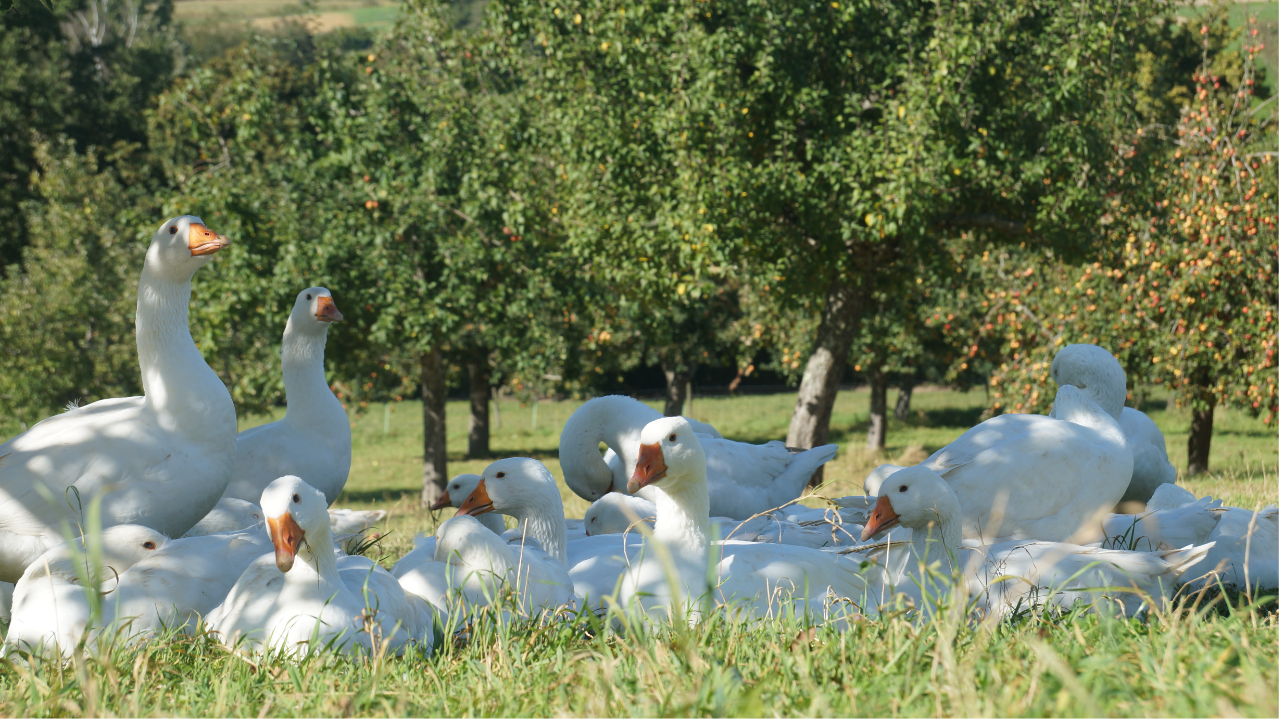
Other historical forms of utilisation are grazing forests and hedgerow systems.
Grazing forests were particularly widespread in Central Europe and were used as pasture for livestock farming. The cultivation of hedgerow systems varied from region to region. For example, windbreak hedges were created to protect livestock and arable crops from the wind. These could also be used as firewood. In northern Germany, wall hedges were widespread, also known as ‘Knicks’, which is a term for earth or stone walls overgrown with woody plants. They were mainly used to demarcate agricultural land, but also as firewood, medicinal plants and animal feed. Many of these hedgerow structures have disappeared today as they were in the way of mechanical soil cultivation. Also, many arable areas have been merged into larger units.
Examples of modern agroforestry systems
In order to re-establish agroforestry in modern agriculture, systems that are largely compatible with today's farming methods are recommended. These include alley cropping, in which rows of woody plants are aligned parallel to arable crops, whereby the spacing can be adapted to the width of the agricultural machinery. Alley cropping can be used as short rotation farming, which means that fast-growing trees are utilised within a short period of time, for example to generate energy. Log production or a combination of both uses is also possible in an alley cropping system.

Agroforestry systems can also be located in urban areas. Community gardens with space for vegetables and trees can be described as urban agroforestry systems. In addition to producing nuts, fruit or wood, these have several positive effects, namely improving the urban climate, increasing biodiversity and strengthening the sense of community among residents through communal gardening projects.
Page 5 of 7
Current research projects
The topic of agroforestry is being ‘ploughed’ in a number of publicly funded research projects. Here is a selection with a special focus on projects funded by the Federal Ministry of Education and Research (BMBF):
SIGNAL
The project ‘Sustainable intensification of agriculture through agroforestry’ (SIGNAL) is one of eleven research consortia in the funding programme BonaRes - Soil as a sustainable resource for the bioeconomy. In SIGNAL, researchers coordinated by the University of Göttingen have analysed and evaluated the advantages and disadvantages of agroforestry systems compared to pure crops. Results show that ecosystem services such as carbon sequestration, erosion control and habitat for soil organisms were significantly increased in the agroforestry systems studied. In comparison, agroforestry had a significantly better carbon footprint. Biodiversity - for example of earthworms - increased and the agroforestry systems showed a reduced risk of plant diseases. The project was funded by the BMBF between 2015 and 2024.
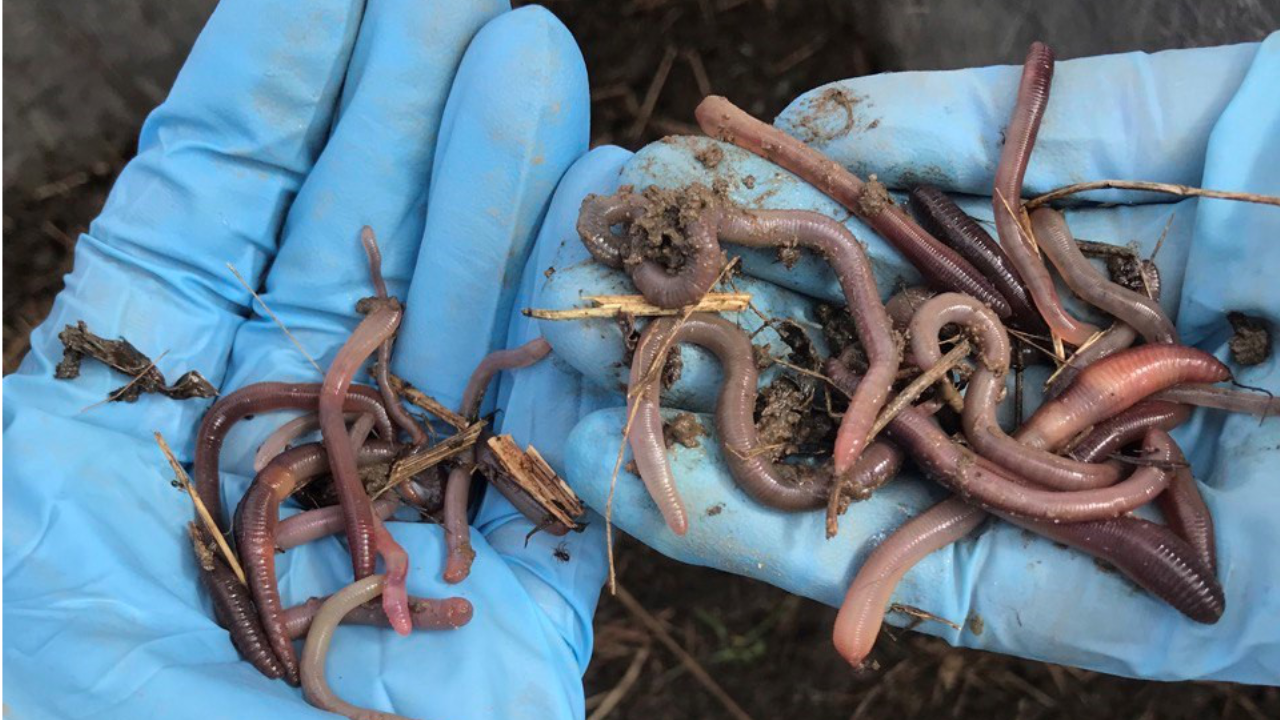
DAKIS
DAKIS is one of eight consortia of the BMBF funding measure ‘Agricultural Systems of the Future’ and is coordinated by the Leibniz Centre for Agricultural Landscape Research (ZALF) e.V. With a holistic digital information system, DAKIS aims to support farmers in making precise land management decisions and thus enable small-scale farming that preserves biodiversity. The Digital Agricultural Knowledge and Information System (DAKIS) realises this vision through automated, small-scale production systems that are tailored to the needs of society on a landscape-specific basis. Agroforestry is also seen as an effective instrument in this context. DAKIS aims to integrate ecosystem services and biodiversity into modern planning processes, production and marketing.
Biopioneer Sonoko Dorothea Bellingrath-Kimura as coordinator of DAKIS
(only available in German)
DiP: SMART-Agroforst
The BMBF-funded project DiP: SMART-Agroforst pursues a similar approach to DAKIS. Digital tools are to be used to realise the added value of agroforestry systems at farm and landscape level in southern Saxony-Anhalt. The objectives include the development of a digital tree and area register to estimate growth potential and ecological benefits, as well as the development of a ‘Smart Agroforestry’ information platform as a central coordination tool for all parties in agroforestry-based value creation networks. In addition, decision support systems are to be developed, for example with regard to site-specific wood selection.
Agroforestry Living Laboratory
The Agroforestry Living Laboratory is part of the TransRegINT project at Rhine-Waal University of Applied Sciences and is also funded by the BMBF. It aims to develop different agroforestry systems that are optimally adapted to the natural, structural and socio-economic conditions of the Lower Rhine region. Demonstration areas for different agroforestry systems in the Lower Rhine region are to be created and scientifically monitored.
ABCDR
The potential of carbon storage in agroforestry systems is also being investigated in the ABCDR project from the BMBF funding programme CDRterra. The project uses regional and international case studies to investigate possible obstacles to the expansion of agroforestry systems and how these can be overcome. To this end, the biophysical potential, the decision-making processes in agriculture and the role of climate and agricultural policy are analysed.
SUFACHAIN
The SUFACHAIN project is part of the BMBF's FONA framework programme and aims to contribute to the sustainable management of agricultural and forest landscapes in Central Asia. The aim of the project is to analyse agroforestry systems and integrate them into local land use. In addition, products and technologies are to be developed that contribute to sustainable resource utilisation and local value creation.
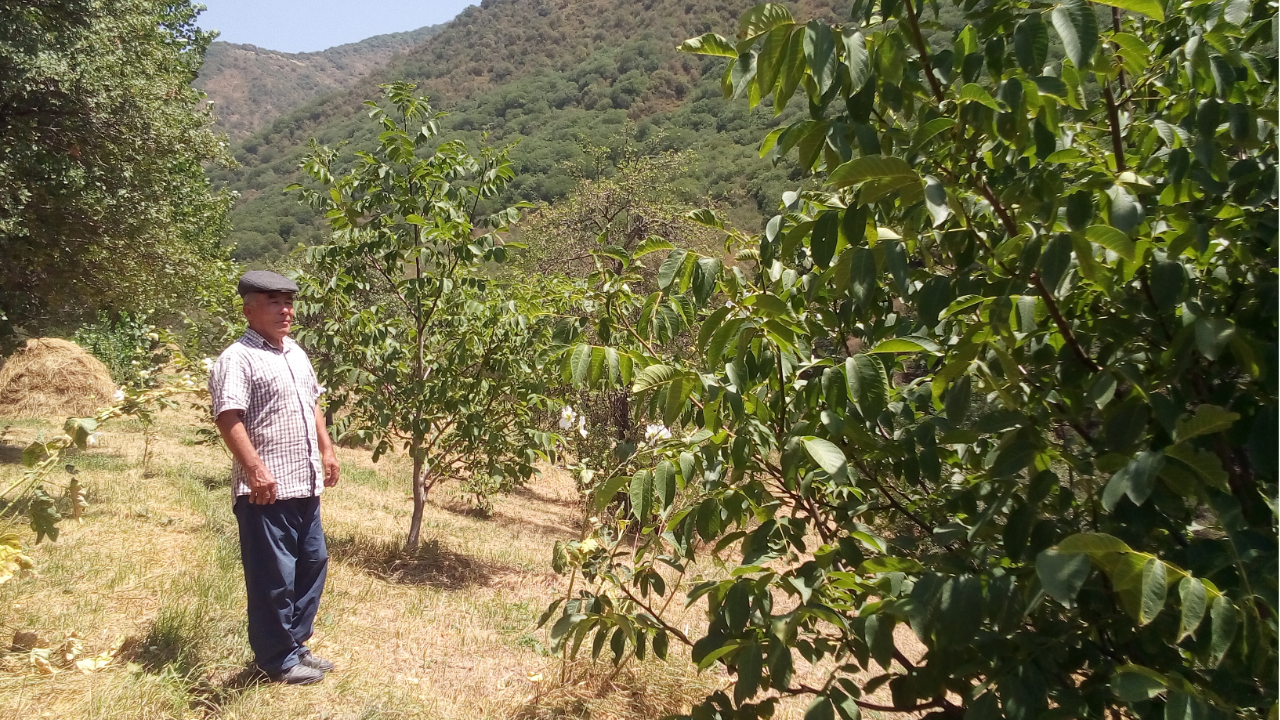
TreeDigitalTwins
In the BMBF funding measure “REGULUS - Regional innovation groups for a climate-friendly forestry and timber industry”, the TreeDigitalTwins (German website) project is developing AI-supported methods for analyzing data from vegetation surveys using drones or laser scanners, for example. The aim is to create digital twins for selected forest areas and agroforestry plantations in Brandenburg. The resulting technologies are to be made available via a web platform to enable broad use in practice as well as in science, politics and society.
AgroWert-Region
AgroWert-Region (German website) focuses on establishing and strengthening regional value creation for agroforestry products from Lusatia, Brandenburg. To this end, various marketing concepts are to be tested. The project also aims to promote the integration of agroforestry into the sustainability assessment of farms. Furthermore, AgroWert-Region wants to help ensure that agroforestry systems and their environmental services are recognized and rewarded by society. The project is supported by the BMBF and implemented by several project partners, including the Eberswalde University for Sustainable Development, the Spreewaldverein, Bäcker Wahn, the Domin farm and the German Agroforestry Association (DeFAF).
MODEMA
The MODEMA project (German website), which was launched in August 2024 and is funded by the Federal Ministry of Food and Agriculture (BMEL) via the Renewable Resources funding program, is developing a nationwide model and demonstration network for agroforestry in Germany and generating new findings on 30 agroforestry areas in three model regions in Germany. The overarching goal is to establish a nationwide agroforestry demonstration network with a lighthouse character in order to contribute to a significant expansion of agroforestry in Germany. In addition to DeFAF e.V., the project team comprises twelve other partners from associations, science and agricultural administration.
German Agroforestry Association e.V.
The German Agroforestry Association e.V. (DeFAF, German website linked) is committed to promoting agroforestry in Germany. It represents Germany's agroforestry interests and has also been the official German representative of the European Agroforestry Federation (EURAF) since 2020. The association brings together the majority of the relevant players who work on this topic in Germany, either practically or scientifically.
Page 6 of 7
Spread of agroforestry and political developments
There are currently no official figures on how much land is used for agroforestry in Germany. The DeFAF e.V. agroforestry map (as of December 2023) shows 161 agroforestry areas with a total area of 1,304 hectares. A good two thirds of the areas are located in the federal states of Bavaria, Lower Saxony, Brandenburg and Baden-Württemberg. However, the association points out that the actual agroforestry area is probably much higher, as not all existing areas throughout Germany are shown on the map.
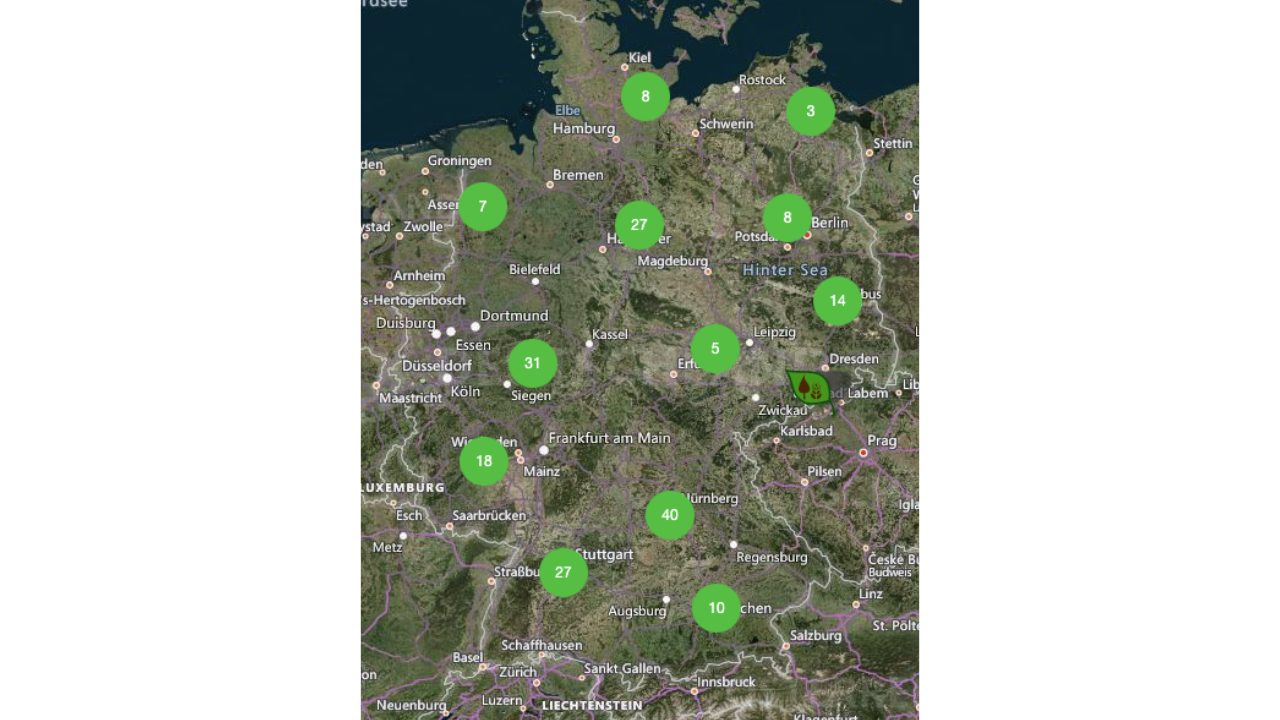
According to the German government, 200,000 hectares of woodland should be in agroforestry systems by 2026. This is stated in the strategy paper on the EU Common Agricultural Policy (CAP). By then, more than 1 % of agricultural land would be wooded areas. According to DeFAF e.V., however, a significant increase in the single area payment is necessary in order to offer farmers a real incentive and achieve the ambitious targets. In its published background paper, the Bioeconomy Council again writes that the promotion and monetisation of ecosystem services must also be taken into account in order to promote agroforestry.
Page 7 of 7
Further information and sources
Main sources for the research
German Agroforestry Association (DeFAF) e.V. Status November 2024. www.agroforst-info.de
Agroforstwirtschaft. Die Kunst, Bäume und Landwirtschaft zu verbinden (en. title: "Agroforestry. The art of combining trees and agriculture"). 3rd edition: December 2022, published by the German Agroforestry Association (DeFAF) e.V. German PDF download
Hintergrundpapier Agroforst- und mehrjährige Kulturpflanzensysteme (en. title: "Background paper on agroforestry and perennial crop systems"). Status September 2022. ed.: Bioeconomy Council. German PDF download

